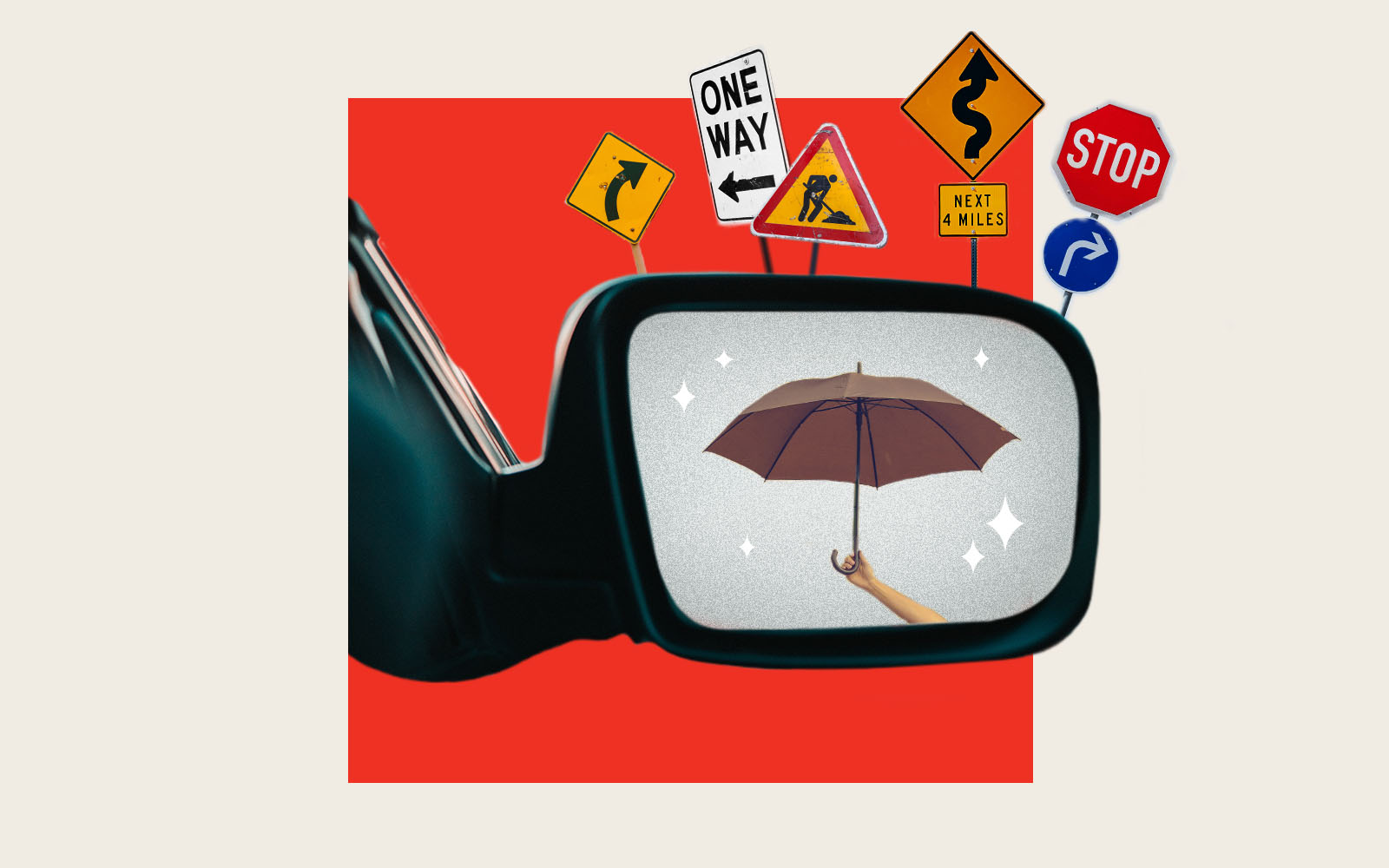We apply anticipation to navigate the most ordinary of tasks, like driving our cars and planning travel. Now, Valerie Jacobs is on a mission to help brand-builders and marketers use it to create more robust, flexible strategies.
As a futurist and builder of brands, I’ve long stressed to clients the importance of working in a “future-forward” way: immersing in the present while also anticipating change to make smarter decisions. But putting this into practice can feel daunting, or somewhat nebulous. “I’m not a trends forecaster,” my client will say. “I can’t predict the future.”
Therein lies the rub: being future-forward (or as I like to say, future fluent) is not about prediction. It’s about action—how you behave once you’re aware of the signals of change. It’s about watching for glimmers on the horizon, processing what they potentially mean, then crafting a strategy primed for that potential future.
Something that’s been on my mind a lot lately is how to show people that they already innately use these anticipation skills in their everyday life. Each of us constantly experiences moments when we can see or feel the implications of an event before it happens. There are times when you automatically (almost unconsciously) change your behavior or adjust your actions to get a different result—the future result you really want. (Or to evade the future result you wish to avoid.)
I was thinking about this a lot while… driving. Then it occurred to me that driving is the perfect example of everyday anticipation: you’re literally swiveling your attention from the past to the present to the future—looking behind you, to the side of you, and in front of you. You’re looking for signals to help you understand how to navigate most successfully to your destination. These signals can be quite literal (a turn signal, brake lights) or far more nuanced, like calculating the speed of another car, or managing a sudden downpour.
“Driving is the perfect example of everyday anticipation.”
This may seem like a simplistic metaphor. But I think about forecasting in the same way: what signals am I seeing right now that I need to act upon? Those signals can come from the category, the culture, or directly from your consumers. They may not be coherent… yet. And like driving, where you must triangulate the data (what’s behind, beside or ahead) in constant, you must do the same with your market landscape. You have to look for clear patterns in the many competing signals. What’s more: the faster you drive, the farther out you must point your gaze—a good reminder for all those in rapid-moving categories.
Just as important, you have to be willing to make “intuitive leaps,” using a construct I like to borrow from coders: if this, then that (IFTTT). I don’t want to mix metaphors—because coders use IFTTT in a totally different way—but when I see a glimmer, I practice those leaps by asking, “if this is true, and it grows bigger, then what might happen next?” When I answer this question, a picture of the future begins to color in. Repeat this enough and a vision of what the world of tomorrow might look like appears. Use that future worldview—really immerse in it, deeply—and then begin to craft a strategy to succeed in that future scenario.
“When I answer this question, a picture of the future begins to color in.”
A great example of IFTTT comes in the form of Elon Musk. Back in the late 1990s and early aughts, before he was a centibillionaire, Musk was a guy most people had never really heard of. His investment in PayPal paid off in spades when it was acquired by eBay in 2002 and, soon, he was establishing SpaceX and Tesla, pursuing ambitions like designing an electric car (despite the lack of a proper battery or accessible charging grid). And yet, here we are 20-ish years later, seeing not just the auto industry embrace electrification, but also new categories like outdoor equipment—due in part to a quick tweet from Musk hinting to a Tesla leaf blower. It’s a clear and compelling display of IFTTT thinking: if we successfully bring electrification to market, BigCos will embrace it. And if electrification works to unseat gas-guzzling cars, look for it to enter other categories, like gas-powered outdoor equipment.
Now, you might be asking yourself: how does all of this relate to being behind the wheel? The answer comes down to control. We don’t really think about driving in this way, but in reality, you can’t actually predict what’s on the mind of another driver. Or what the weather will be. Or exactly how the road might twist or turn. What avenue might be randomly closed, or traffic light out of commission. To get to your destination, you must take control and make intuitive leaps. And the same is true as we enter an era of increasing uncertainty for our businesses. Ask yourself: Where is my category going? What sociocultural shifts could take place that change that trajectory? Am I ready to deliver on emerging consumer needs? Is my proposition built to flex?
“Arguably, anticipation is the most critical skill… as we move into the future.”
Thinking and, more importantly, behaving with anticipation is both a personal and professional capability. It’s intrinsic within us—as automatic as switching lanes or slowing for traffic up ahead. And arguably, it’s the most critical skill for marketers, innovators and brand-builders as we move into the future: a world where organizations must be built to respond to change well before it happens.







